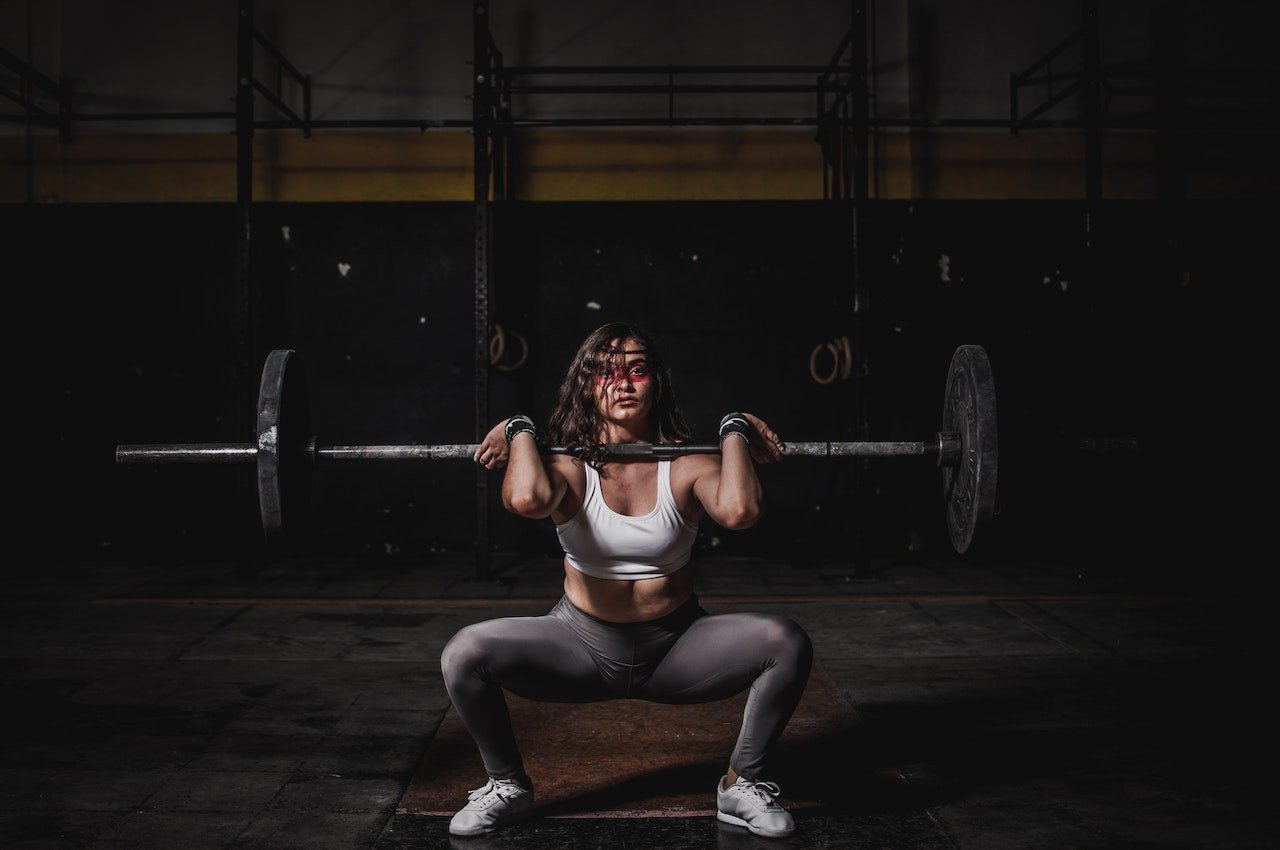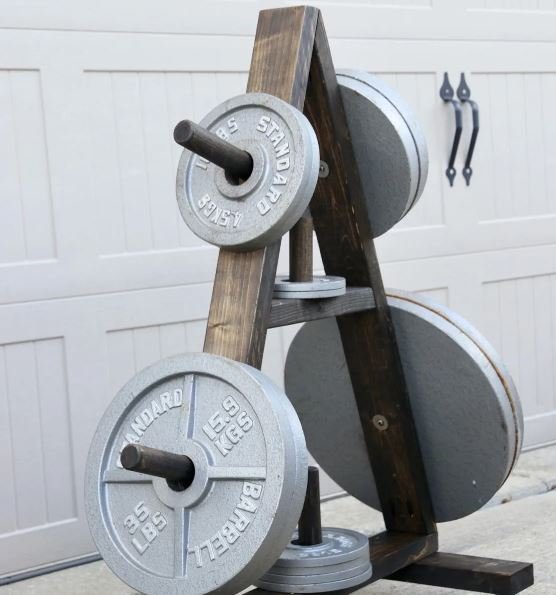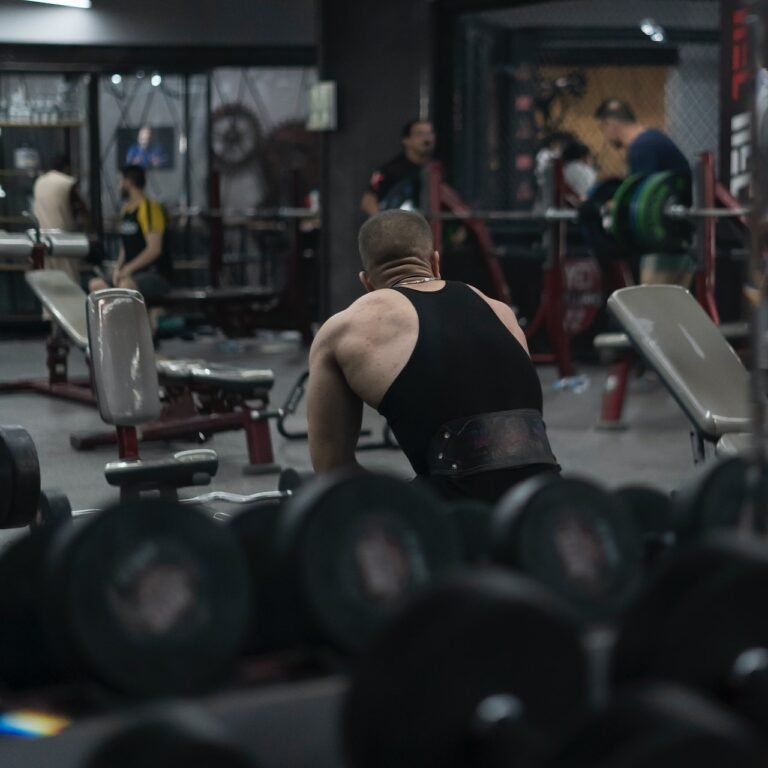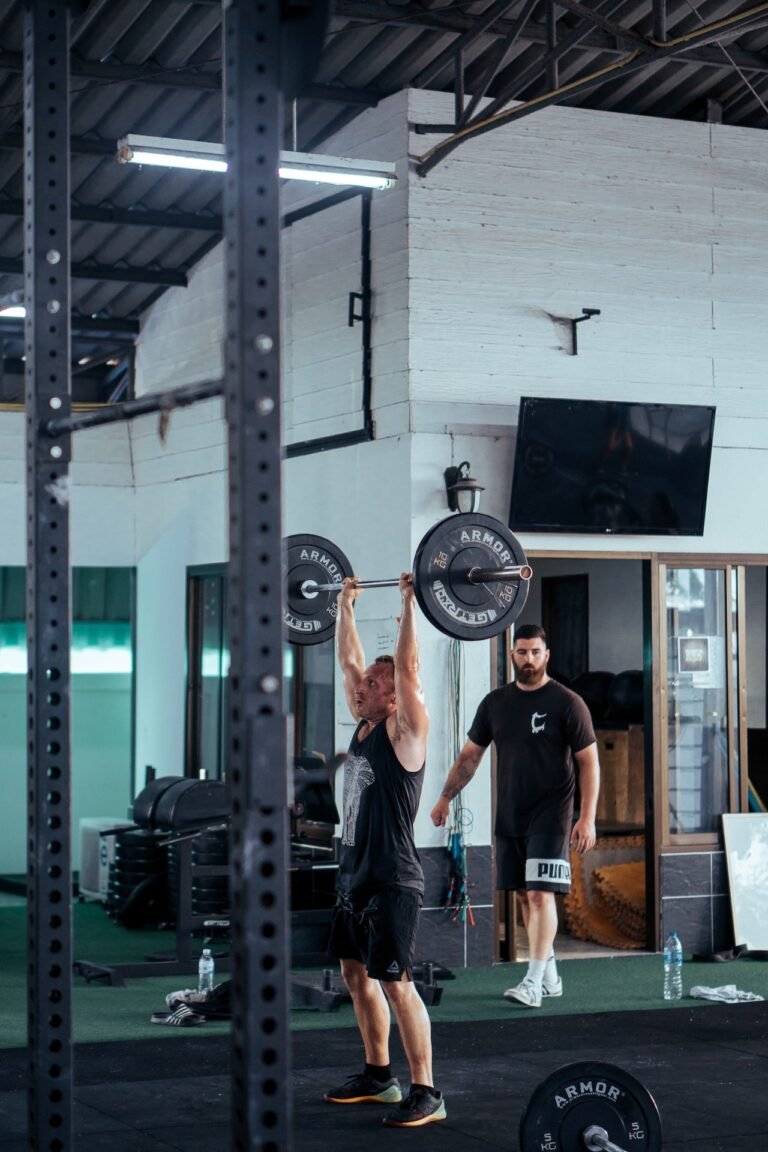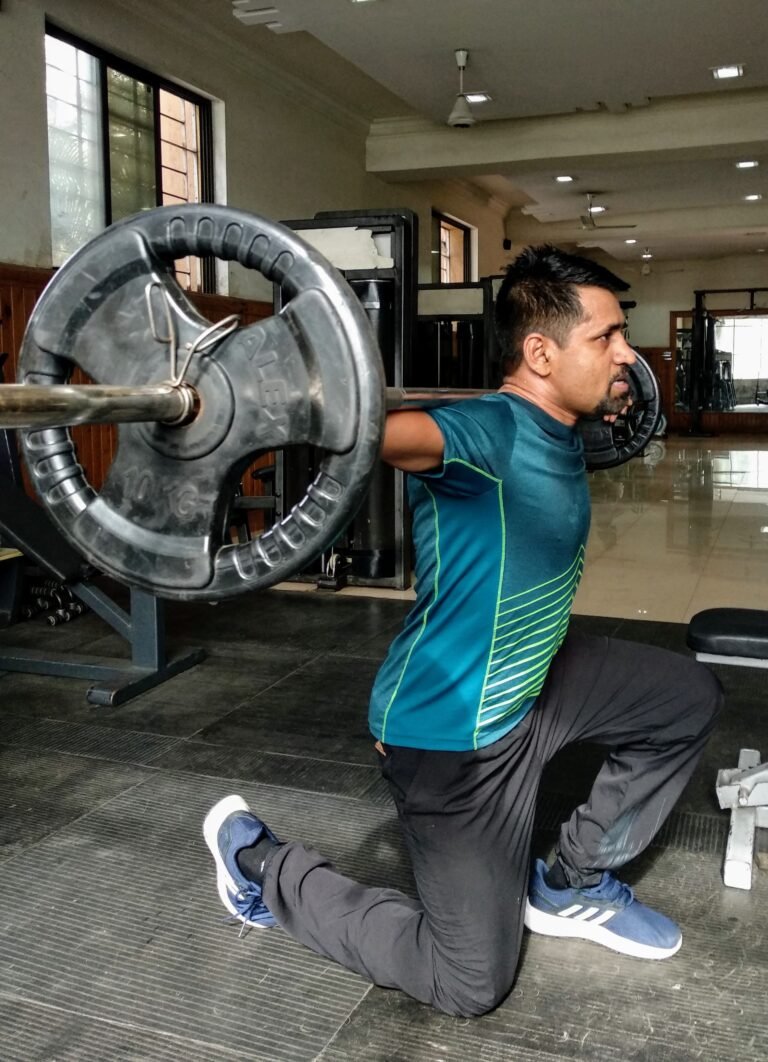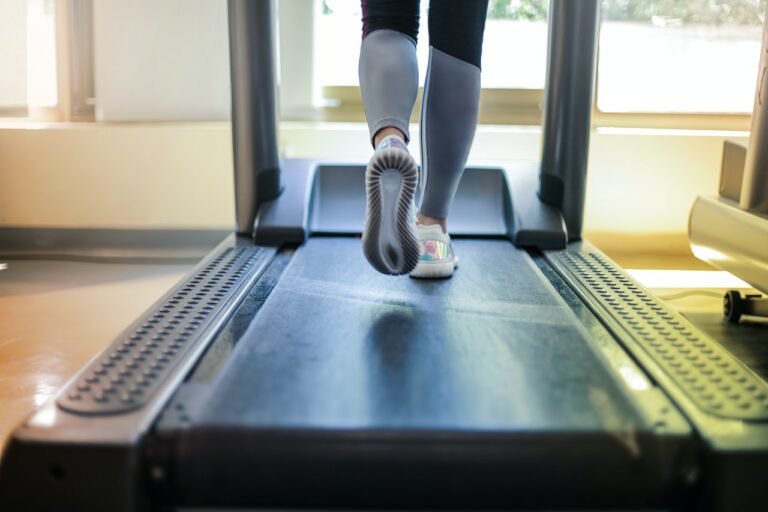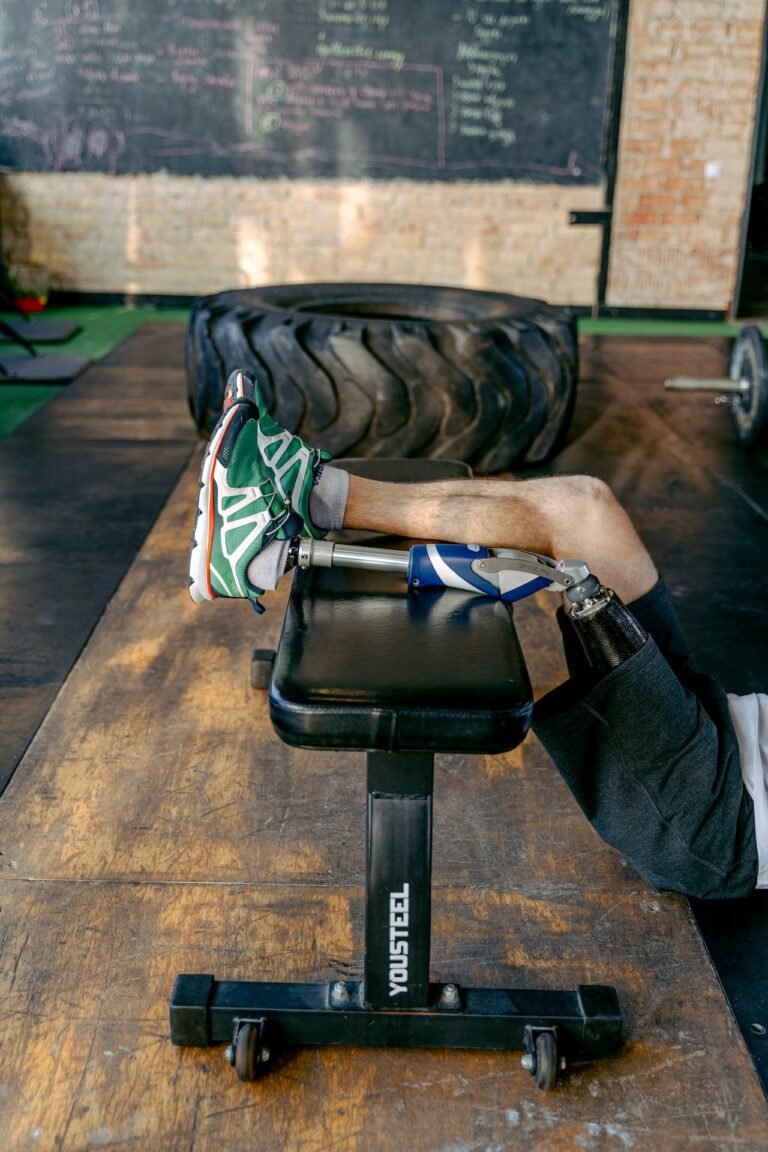Weight Tree Essentials: Build Muscle and Enhance Your Gym with Safety and Sustainability
Selecting the right equipment is paramount for both functionality and safety. A weight tree is often overlooked in the excitement of purchasing treadmills and weights. However, choosing the best weight tree involves considering factors such as material durability, weight capacity, and the type of weights you will be using. A high-quality weight tree will have a sturdy base to prevent tipping and rubber protectors to shield your floors. Additionally, consider a tree with varied peg sizes to accommodate both Olympic and standard plates.
5 Reasons Why a Weight Tree is a Must-Have in Your Fitness Routine
- Organization: It keeps plates off the ground, reducing tripping hazards and making it easier to find the weights you need.
- Protection: By safely racking your weights, you protect them from damage, ensuring they remain in good condition for longer.
- Space Efficiency: Weight trees use vertical space, which is ideal for smaller home gyms.
- Workout Flow: Having weights neatly organized can improve the flow of your workout, minimizing downtime between exercises.
- Discipline: A clean workout environment can increase motivation and discipline, encouraging consistency in your fitness routine.

Maximizing Space: How a Weight Tree Can Organize Your Workout Area
In a home gym, space is a premium commodity. A weight tree plays a critical role in maximizing the use of your workout area by storing weights vertically. By doing so, you’re left with more room for other equipment or movement exercises. A clutter-free area not only looks appealing but also is safer and more conducive to a focused workout session.
Weight Trees: The Unsung Heroes of Gym Equipment
Despite their simplicity, weight trees are indispensable in keeping a gym organized. They may not be as flashy as the latest cardio machine, but they perform an essential role in the gym ecosystem. A gym without a weight tree can quickly become a chaotic place where weights are scattered and the risk of accidents is increased.
From Novice to Pro: How to Use a Weight Tree Effectively in Your Workouts
Whether you’re just starting out or you’re a seasoned athlete, a weight tree can enhance your workout routine. For novices, it serves as a guide to weight management, starting from lighter plates and progressing upwards. Experienced lifters can use a weight tree to streamline their workouts, planning their weight increments in advance and saving valuable time. Furthermore, when used effectively, it helps in teaching the discipline of putting equipment away after use, an etiquette every gym-goer should adhere to.
Top 10 Weight Trees: Features and Reviews
Selecting the top 10 weight trees requires looking at customer feedback, durability, and innovative features. For instance, some weight trees now come with integrated accessory holders for barbells and dumbbells, while others offer wheels for easy mobility. Reviews often highlight stability, ease of assembly, and the ability to hold a variety of plate sizes as top features. When compiling a list of the best weight trees, it’s important to consider the needs of different users, from those with expansive home gyms to those working with limited space.
The Evolution of Weight Trees: Past, Present, and Future
Weight trees have become a staple in both commercial and home gyms, but their journey to this point is as sturdy as the weights they hold. In the past, weight storage solutions were often makeshift—athletes would stack weights on the floor or against the wall. This not only posed a safety hazard but also made it difficult to keep the workout area organized.
As the culture of fitness grew, so did the need for more professional and specialized gym equipment. Enter the weight tree, a simple yet revolutionary design that provided a dedicated spot for weight plates. Initially, these trees were rudimentary, but they served their purpose well. Presently, weight trees are not just functional but also feature heavy-duty construction, sleek designs, and improved weight distribution to handle a variety of plate sizes.
Looking ahead, the future of weight trees seems to be leaning towards smarter designs with integrated technology, such as weight-tracking systems and even virtual reality components to enhance the training experience.
Weight Tree Safety: How to Prevent Injuries During Your Workout
To ensure safety while using a weight tree, first and foremost, ensure that it’s assembled correctly and check for stability before use. Load the heaviest weights on the lower pegs to lower the center of gravity and prevent tipping. Always return weights to the tree with control to avoid pinched fingers or toes. Regular inspections for wear and tear, such as loose bolts or cracked welds, are essential for maintaining the longevity and safety of your equipment.
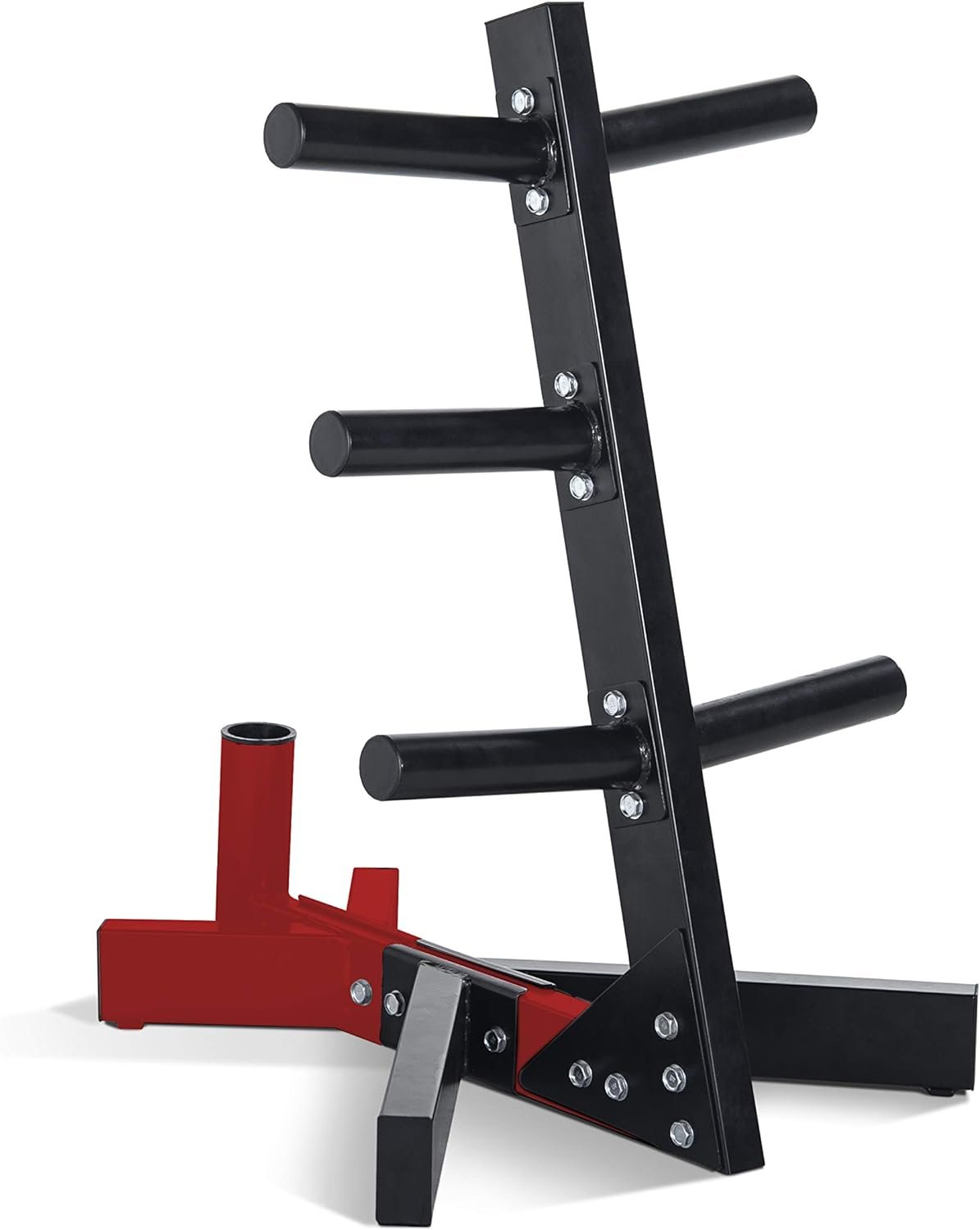
DIY Weight Tree Projects for Fitness Enthusiasts
For the hands-on fitness enthusiast, building a DIY weight tree can be a fulfilling project. Start by planning the design based on the space available and the amount of weight it needs to hold. Materials like heavy-gauge steel pipes and solid bases are critical for stability. Remember to measure twice and cut once, ensuring all parts fit together securely. Finish with a rust-resistant paint to keep your DIY project looking fresh and professional.
The Aesthetic Appeal of Weight Trees: How to Match Them with Your Gym Decor
Weight trees are no longer just functional; they can also be a visual centerpiece in a gym. With a variety of finishes and colors available, you can select a weight tree that complements your gym’s color scheme and style. For a minimalist look, a sleek, black or chrome weight tree can provide a modern touch. Those with a penchant for the classic gym vibe might opt for a more rugged, industrial-looking weight tree.
Space-Saving Tips: Integrating a Weight Tree into Your Small Workout Space
Small spaces require smart solutions. A weight tree provides a compact, vertical storage solution that takes up minimal floor space. Consider placing this in a corner to maximize open floor area. Some designs even include integrated barbell holders, further consolidating your equipment. Wall-mounted weight trees can also be a fantastic space saver, keeping weights off the floor and within easy reach.
Comparing Weight Trees: Freestanding vs. Wall-Mounted
When selecting a weight tree, the decision between freestanding and wall-mounted models is significant. Freestanding weight trees offer the flexibility to move your setup as needed and are often equipped with wheels. They are the go-to for those who have the floor space to spare and require mobility. On the other hand, wall-mounted trees are perfect for tight spaces and can be mounted at any height, making them accessible for all users. However, they lack the portability of freestanding models and require a sturdy wall for installation.
Building Muscle with a Weight Tree: Techniques and Tips
Building muscle efficiently often comes down to how you organize and execute your workout routine. A weight tree plays a crucial role in this process, providing easy access to different weight plates, which are essential for progressive overload — the gradual increase of stress placed upon the body during exercise.
To get the most out of your weight tree, start by organizing your plates by size. This not only saves time during workouts but also minimizes the risk of injury from handling heavy plates. Next, consider the flow of your workout. Position your weight tree strategically near your bench press or squat rack to facilitate quick changes. This proximity allows for seamless transitions between sets, keeping your heart rate up and muscles engaged.
Moreover, implementing drop sets is another technique where this tree becomes indispensable. By quickly reducing the weight and continuing your set, you can push your muscles beyond conventional fatigue, which can be a powerful stimulus for growth.
Accessorizing Your Weight Tree: Must-Have Add-Ons for the Fitness Pro
Enhancing your weight tree can lead to more effective workouts. Add-ons such as barbell holders can keep your space organized and transition times short. Additionally, attaching a chalk bowl to the side of your weight tree not only adds convenience but also enhances grip for those heavy lifting sessions.
For those who are into detailed tracking, consider adding a rep counter or a set timer near your weight tree. This setup can help maintain the intensity of your workout and ensure you’re resting just enough to recuperate for the next heavy lift.
Childproofing Your Gym:
If children have access to your workout space, it’s essential to ensure that the weight tree is safe. Start by securing the tree to the wall or floor to prevent it from tipping over. Always place heavier weights at the bottom to lower the center of gravity and ensure the unit is more stable. Moreover, consider investing in a weight tree with locking sleeves to prevent weights from slipping off unexpectedly.
Education is also a key aspect of childproofing. Teaching children about gym safety and setting clear boundaries can go a long way in preventing accidents. It’s always better to supervise any child in a workout area actively.
Weight Tree Workouts: How to Incorporate Them into Your Strength Training Regimen
A weight tree can be more than just a storage unit; it can be a focal point in your strength training. Use it to anchor resistance bands for a variety of exercises like squats, presses, and rows. This incorporation can add a different resistance curve to your training, which can help break through plateaus.
Additionally, for circuit training, position your weight tree centrally to act as a hub for changing weights quickly between exercises. This efficiency keeps your heart rate elevated and ensures that you are getting a full-body workout with minimal downtime.
The Environmental Impact of Weight Trees: Choosing Sustainable Fitness Equipment
Lastly, it’s essential to acknowledge the environmental impact of our fitness equipment choices. Opting for a weight tree made of recycled materials can significantly reduce your carbon footprint. Manufacturers who use sustainable practices, like renewable energy sources during production, further minimize environmental impact. Furthermore, by maintaining and caring for your weight tree properly, you’ll extend its life, which is both economically and environmentally beneficial.
